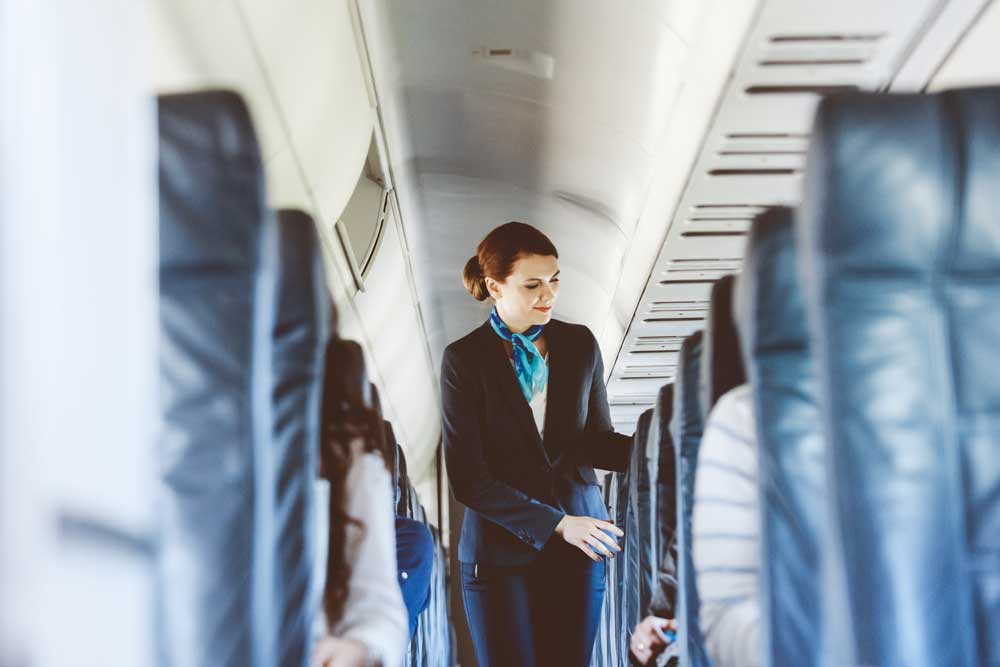EASA safety bulletin suggests airlines check their cabin air filtration

Facing serious concerns about the airborne spread of the novel coronavirus through cabin air, the European Aviation Safety Association (EASA) recently released a safety guidance bulletin that addresses cabin air filtration.
According to an Operational Recommendations Bulletin released by EASA on March 7, 2020, “High-Efficiency Particulate Air (HEPA) filters have demonstrated good performance with particles of the SARS-Cov-2 virus size (approximately 70-120 nm).” Cabin air filters are now one of the main mitigating factors for reducing airborne recirculation of viral contamination.
The latest on cabin air filtration safety standards
This safety information bulletin (SIB)—which comes as a collaborative effort between EASA, the WHO, the International Civil Aviation Organization (ICAO) and the European Centre for Disease Prevention and Control (ECDC)—is five pages of detailed safety information for airlines and their flight crews on how to reduce the spread of COVID-19
The SIB addresses the importance for airlines to review their procedures for utilising recirculated cabin air. It provides a couple of suggestions for what airlines can do to increase the safety of their aircraft’s cabin air and the cabin air filtration systems onboard the aircraft.
The most extreme of the options suggested is to stop using recirculated air altogether—provided the re-circulation system does not contribute to critical flight functions. While this reduces the potential for SARS-Cov-2 particles being distributed throughout the cabin, it means that if there are SARS-Cov-2 particles present, they will remain stagnant in the air. In other words, there will be no potential for them to be captured by an air cabin filtration system.
This leads to the second suggestion in the SIB: the use of High-Efficiency Particulate Air (HEPA) filters in the cabin air filtration system. The bulletin goes on to state that if cabin air circulation is imperative to maintain safe essential flight operations, (i.e. it is critical to avionics cooling, etc.) the airlines must install HEPA filters in their recirculation system.
The EASA bulletin goes on to mention that once HEPA filters are installed and functioning within the aircraft, that recirculation fans, “should not be stopped, but increased fresh air flow should be promoted by selecting high PACK FLOW, whenever possible.”
EASA is continually monitoring the development of the SARS-CoV-2 outbreak, and since the WHO officially confirmed it as a global pandemic on March 11, 2020, EASA has released two safety directives to address the severity of the situation and prevent the spread of this novel coronavirus. Their dedication to ensuring the safety of the aviation industry is unquestionable, and it is our belief here at Satair that these suggestions put forth in EASA’s most recent SIB should not be taken lightly.
For more information on safety guidelines and how COVID-19 is affecting the aviation industry, you can read through these references put forth by EASA. In addition, Aviation Weekly has also scheduled a series of COVID-19 Webinars that address various operation and industry subjects.
If you want to learn more about your various cabin air filtration options, read this article. Or if you are a user of our Satair Market, you can find specific cabin air filters which meet EASA new guidance here